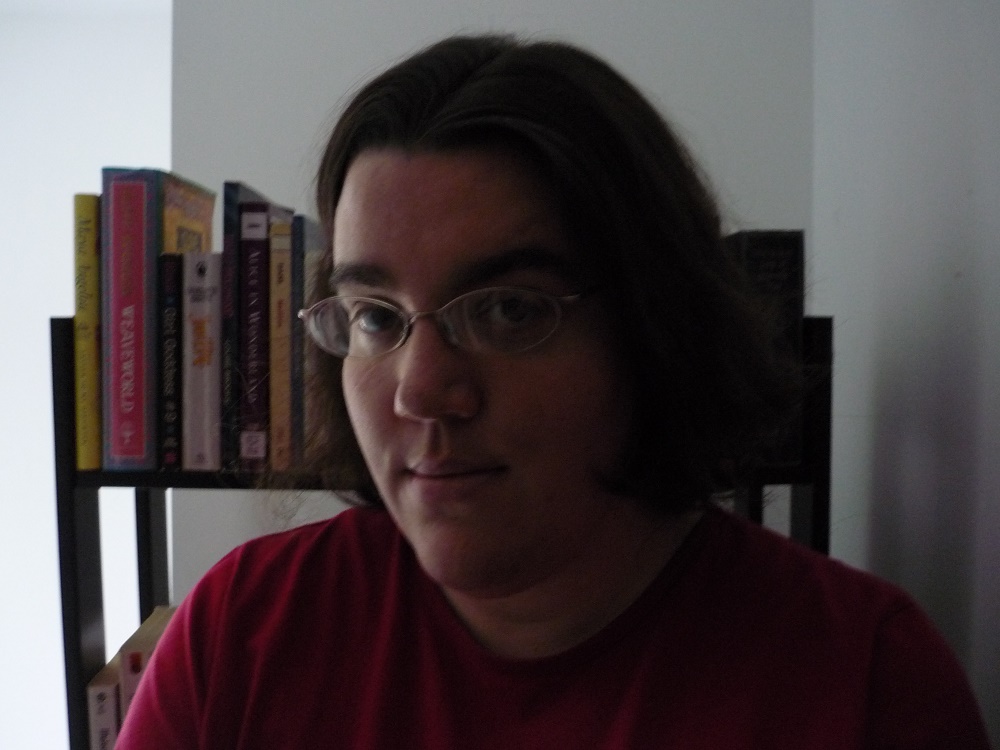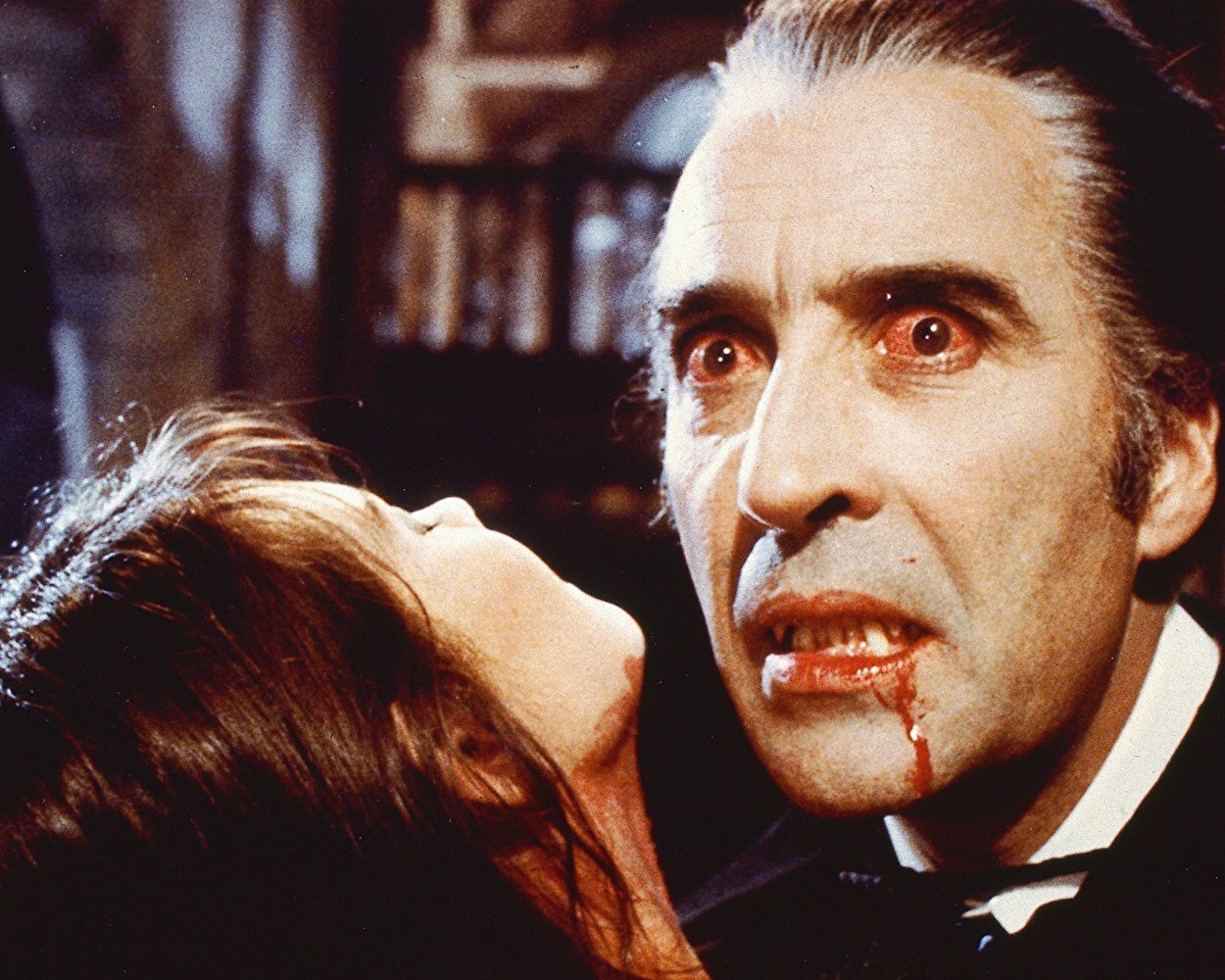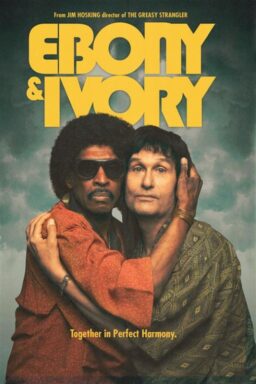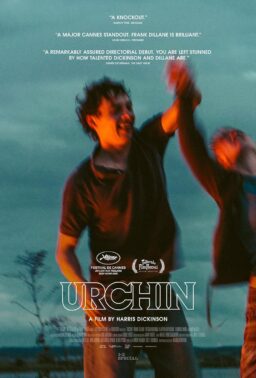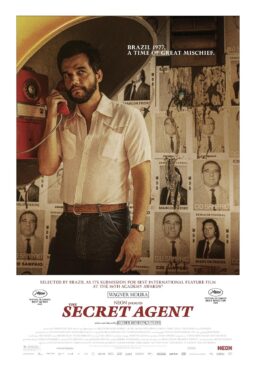“We all know the vampire sucks blood and doesn’t, on the whole, lose much sleep about it. But seeing a vampire sucking at its victim’s neck, seeing the wound it makes in close-up, the blood round its teeth and lips, the exhaustion of of it’s dying victim, etc etc, is not my idea of a jolly evening. Whose notion is it? ‘Dracula’ is clearly aimed at adults, as its ‘X’ certificate proves. Without trying to make too heavy weather out of it, I just murmur in passing that I hate to think what kind of adults.”
The Spectator’s sniffy review was typical of the British press’ reaction to “Horror of Dracula,” and their attitude in general to the output of of Hammer films. The British Board of Film Censors detested horror movies and hoped by stamping them with an Adults Only ‘X’-rating, it would keep them from polluting young minds. They were massive hits at home, and leaving outrage in their wake.

Raking in a fortune both domestic and stateside, Hammer built the first house of British horror and inspired a generation of nightmares in viewers. Curiously, these films that caused consternation among adults in their home country were marketed and played for children in the United States, as by the ’50s horror had fallen to be regarded as kid’s stuff. These monster kids would often catch the latest Hammer at what was called a kiddie matinee, an afternoon showing that catered to juvenile audiences. That tradition met an end due to a combination of factors, most notably a certain film in 1968, George Romero’s “Night of the Living Dead” (pictured above). Like a bomb in American film, the sepulchral darkness of Romero’s film rippled out in waves still being felt today. 1968 soon proved to be a transformational year in horror: From the outside came Romero’s Pittsburgh ghouls and from the Hollywood studios Roman Polanski’s “Rosemary’s Baby” showed that apocalypse could be a deadly quiet chamber piece. And Hammer never found it’s way consistently again.
Hammer had adroitly adapted to the success of a massive American horror hit eight years earlier, Alfred Hitchcock’s “Psycho.” Turning out a cycle of “mini-Hitchcocks,” black-and-white thrillers usually involving imperiled young women, Hammer could cater to new audiences and still turn out the gothic horrors that had made their name. But post-’68 left Hammer in a lurch. Their attempts to capture the zeitgeist directly in films like “Dracula A.D. 1972” (pictured at the top) or “Horror of Frankenstein” were laughable. And they didn’t seem to understand when they had made something perfectly bleak and dark for the new mood with blackhearted gems like “Vampire Circus” or “Hands of the Ripper.” Ignoring things like “Night of the Living Dead” having a protagonist of color in Ben, or “Rosemary’s Baby” being anchored by a strong female performance, they kept trying to make an increasingly soggy and forgettable parade of white leading men happen to replace the aging Peter Cushing and Christopher Lee. Perhaps no better example of this can be seen in one of their best post-’68 films, “Doctor Jekyll and Sister Hyde.” Martine Beswick gave a dazzling performance as the unleashed Id of Ralph Bates’ doctor and Hammer decided to keep building vehicles around the hapless Bates.
If there could be an explanation for Hammer’s trouble post-’68, it’s best expressed that as boundary-pushing as their films were and could be, in the end Hammer believed in a moral universe. You could be damned, but there was still a grand design behind it all. “Night of the Living Dead”‘s terrible power was in telling audices they were screwed, and there’s a universe of difference in being screwed instead of damned. There is no grand design in “Night of the Living Dead,” just chaos, panic, prejudice, and a sorrow that lingers as heavy as dirt on the grave of a society that comes apart violently and would never be whole again. Hammer’s core belief, on the other hand, was in the vampire hunter not the vampire. They could make a smashing study of establishment corruption and cruelty in “Twins of Evil” but their heart was in Peter Cushing’s Van Helsing raising a crucifix to destroy Christopher Lee’s Count in “Horror of Dracula.”
Hammer’s fate was of curious destiny, to have cleared a path for the kind of horror market that made “Night of the Living Dead” possible, only to find it impossible to compete in the world that film left in its wake. The irony of being destroyed by the thing you helped create would not have been lost on a studio responsible for some of the finest film versions of Frankenstein.
